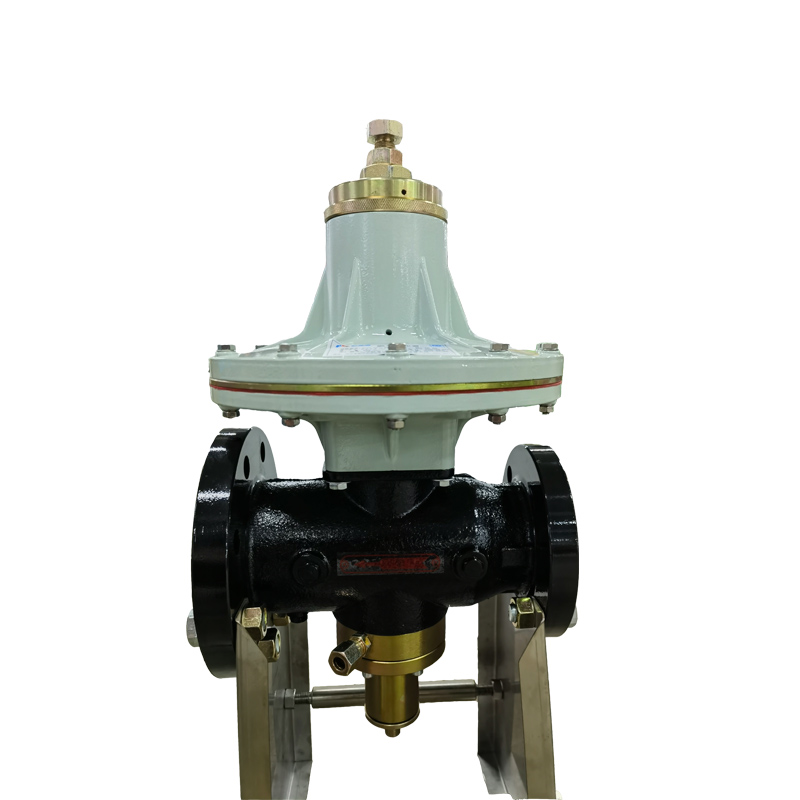
Nov . 24, 2024 20:43
Back to list
قياس الغاز
Measuring Gases Techniques and Importance
Gas measurement is a crucial aspect of various scientific and industrial processes. Understanding the properties and behaviors of gases is fundamental in fields such as chemistry, environmental science, and engineering. There are several techniques used for measuring gases, each with its own advantages and applications.
One of the most basic ways to measure gas is through volumetric methods. This approach involves capturing a known volume of gas and measuring it under controlled conditions. For instance, one might use a gas syringe or a graduated cylinder to gauge the volume of gas produced in a chemical reaction. This method is particularly useful in laboratory settings where precision is essential, as it allows for accurate calculations of gas output.
.
For real-time monitoring of gas concentrations, electronic sensors are invaluable. Different types of sensors exist, depending on the specific gas to be measured. For example, electrochemical sensors are commonly employed to detect toxic gases like carbon monoxide and hydrogen sulfide. These sensors work by measuring the electrical current generated by a chemical reaction between the gas and a sensing electrode. On the other hand, infrared sensors are effective for measuring gases like carbon dioxide and methane. They leverage the principle that gas molecules absorb specific wavelengths of infrared light, allowing for concentration calculations based on the intensity of light detected.
قياس الغاز

Moreover, mass spectrometry is an advanced technique used for gas analysis, especially in research and industrial applications. This method involves ionizing gas molecules and measuring their mass-to-charge ratio. The results reveal not only the presence of specific gases but also their isotopic composition, which can provide insights into their sources and behaviors in various environments. Due to its precision and capability to analyze trace gases, mass spectrometry is a preferred method in atmospheric studies and pollution monitoring.
In addition to these techniques, the importance of measuring gases cannot be understated. Proper gas measurement is vital for ensuring air quality in urban and industrial settings. By regularly monitoring harmful gases, we can better understand and mitigate their impacts on health and the environment. For example, measuring the concentration of pollutants can inform regulatory policies aimed at improving air quality and protecting public health.
Furthermore, gas measurement is integral to various industries, including pharmaceuticals, petrochemicals, and food processing. In the pharmaceutical industry, for instance, measuring the purity of gases used in drug manufacturing is essential for ensuring product quality and safety. In the petrochemical sector, accurate gas measurement is critical for refining processes and product distribution.
In conclusion, measuring gases involves a variety of techniques, each tailored to specific needs and applications. From basic volumetric methods to advanced gas chromatography and mass spectrometry, these techniques play an essential role in science and industry. Their importance can be seen in environmental monitoring, industrial processes, and health safety. As technology advances, gas measurement methods will likely continue to evolve, improving our ability to analyze and understand gases in our world. Understanding these techniques is vital not only for scientists and engineers but also for anyone invested in the health of our planet and public welfare.
Latest news
-
Safety Valve Spring-Loaded Design Overpressure ProtectionNewsJul.25,2025
-
Precision Voltage Regulator AC5 Accuracy Grade PerformanceNewsJul.25,2025
-
Natural Gas Pressure Regulating Skid Industrial Pipeline ApplicationsNewsJul.25,2025
-
Natural Gas Filter Stainless Steel Mesh Element DesignNewsJul.25,2025
-
Gas Pressure Regulator Valve Direct-Acting Spring-Loaded DesignNewsJul.25,2025
-
Decompression Equipment Multi-Stage Heat Exchange System DesignNewsJul.25,2025

